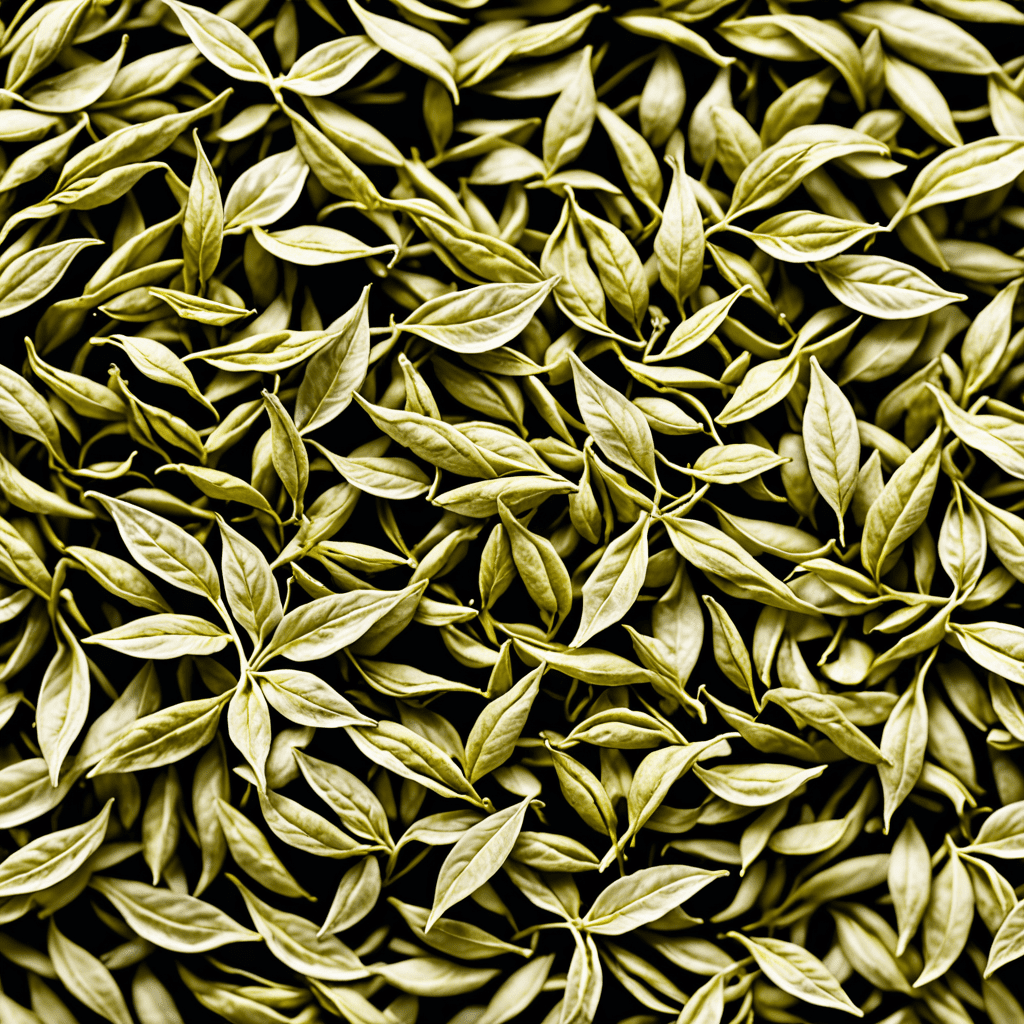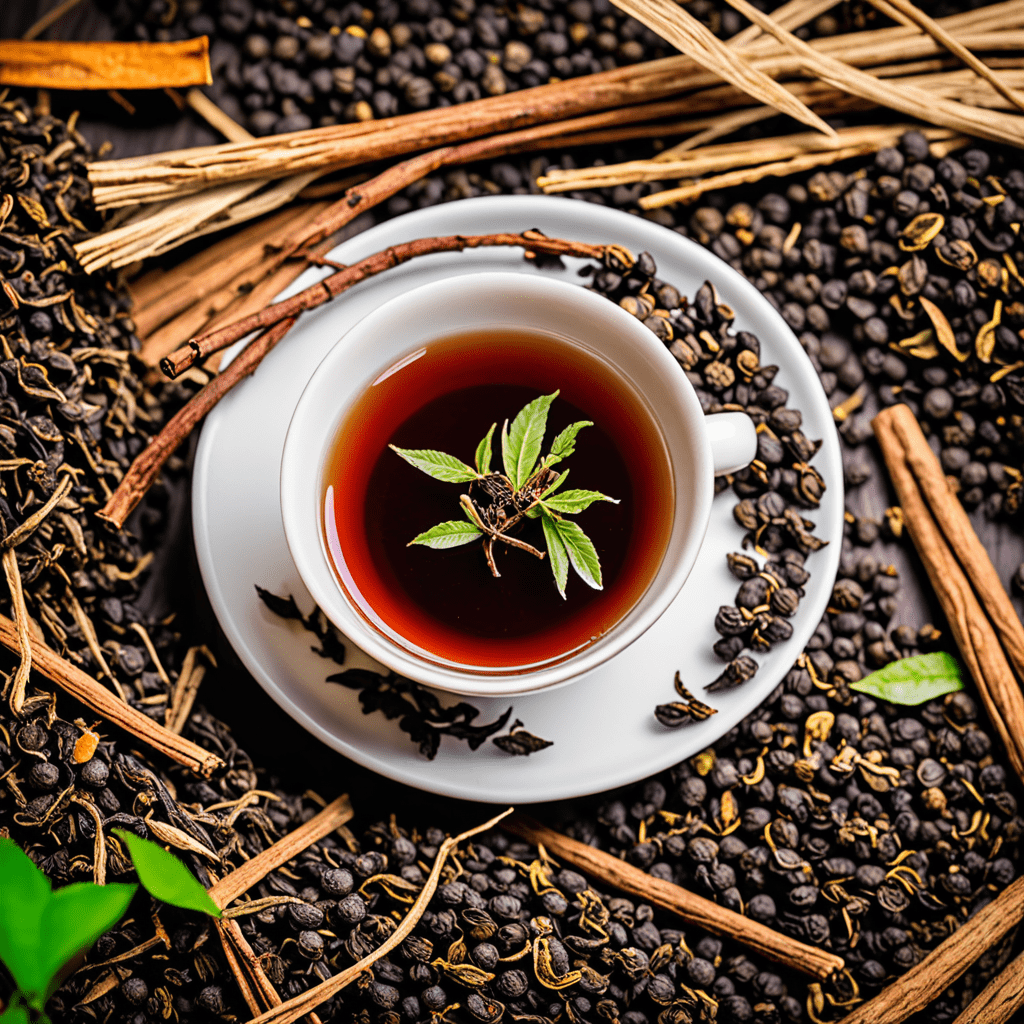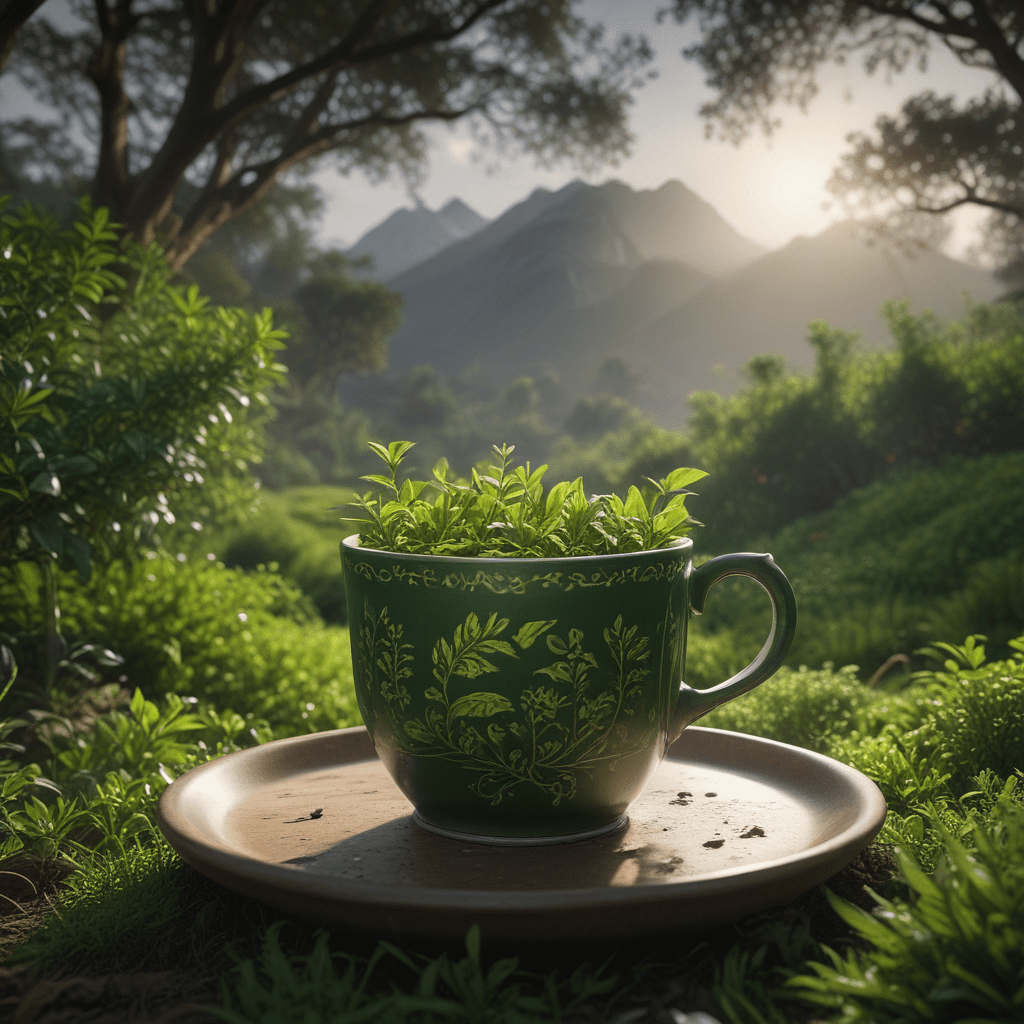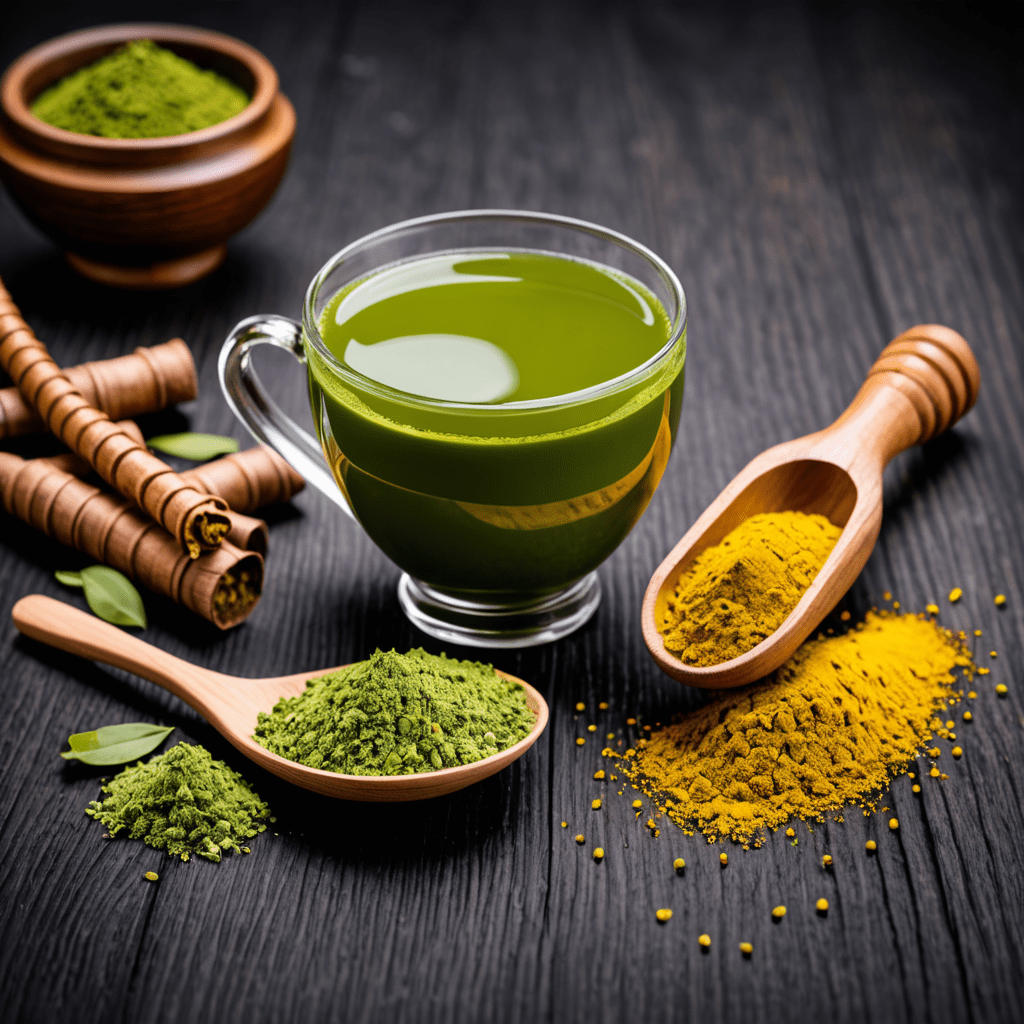
White Tea: A Journey to Tea Aromas
The Delicate Elegance of White Tea
White tea, known for its delicate flavor and subtle aromas, is one of the least processed tea varieties. Its leaves are carefully harvested and dried, preserving the natural essence of the tea plant. This gentle processing method allows white tea to offer a unique and light taste that appeals to tea enthusiasts worldwide.
Exploring the Aromas of White Tea
White tea boasts a range of delightful aromas that can transport you to serene gardens and peaceful landscapes. From floral notes to hints of fresh hay or honey, each cup of white tea offers a sensory experience like no other. Exploring these aromas can be a journey of discovery and appreciation for the complexity of this fine tea variety.
The Influence of Terroir on White Tea Aromas
Like wine, the aroma of white tea is influenced by the terroir in which it is grown. Factors such as soil composition, altitude, climate, and sunlight play a crucial role in shaping the unique aromas of white tea. Understanding the impact of terroir can deepen your appreciation for the nuances found in different white teas.
Types of White Tea Aromas
White teas can offer a diverse range of aromas, depending on the specific tea variety and processing techniques used. Some common aromas found in white tea include floral (such as jasmine or rose), fruity (like peach or apricot), grassy, or even creamy notes. Each aroma profile adds to the complexity and depth of white tea.
How to Experience White Tea Aromas
To fully appreciate the aromas of white tea, it is essential to brew the tea correctly. Using fresh, filtered water at the right temperature and steeping the tea for the appropriate duration can enhance the aroma and flavor profiles. Experimenting with different brewing methods can help you uncover new layers of aroma in white tea.
Pairing White Tea Aromas with Food
White tea’s delicate aromas make it a versatile option for pairing with a variety of foods. The subtle floral or fruity notes can complement light dishes like salads, seafood, or desserts. Experimenting with different food pairings can enhance your sensory experience and create harmonious flavor combinations.
The Art of White Tea Aromas
In the world of tea, white tea stands out for its subtle yet captivating aromas. Embarking on a journey to discover and appreciate the aromas of white tea can offer a newfound understanding of this elegant beverage. Whether enjoyed solo or paired with food, white tea’s aromas invite you to savor each sip and embrace the tranquility it brings.
FAQ
What is white tea?
White tea is a delicate type of tea made from the young leaves and buds of the Camellia sinensis plant. It undergoes minimal processing, allowing it to retain its light flavor and subtle aromas.
How is white tea different from other types of tea?
White tea is unique due to its minimal processing, which helps preserve the natural characteristics of the tea leaves. This results in a light and refreshing brew with subtle floral and fruity aromas.
What are the common aromas found in white tea?
White tea is known for its delicate and nuanced aromas, often described as floral, fruity, sweet, and sometimes with hints of honey or fresh grass. These aromas can vary depending on the specific type of white tea and its origin.
How can I experience the full range of tea aromas in white tea?
To fully appreciate the diverse aromas of white tea, it is recommended to steep the tea leaves in water at the correct temperature for the optimal duration. Paying attention to the brewing process and using high-quality tea leaves can enhance the aromatic experience.


